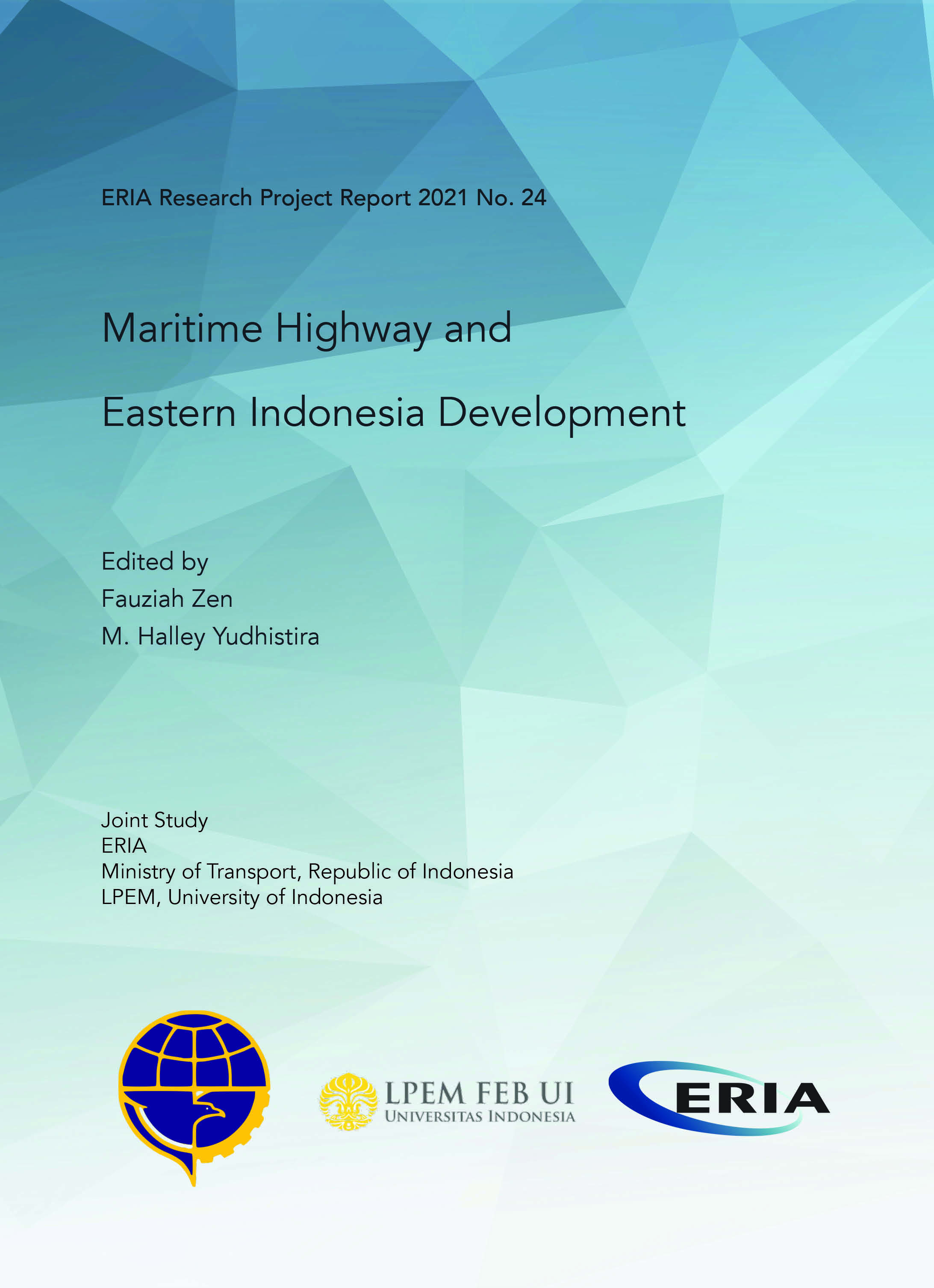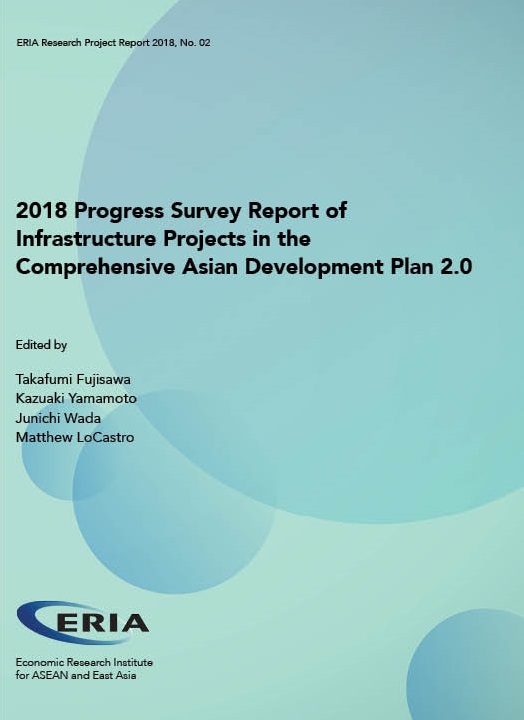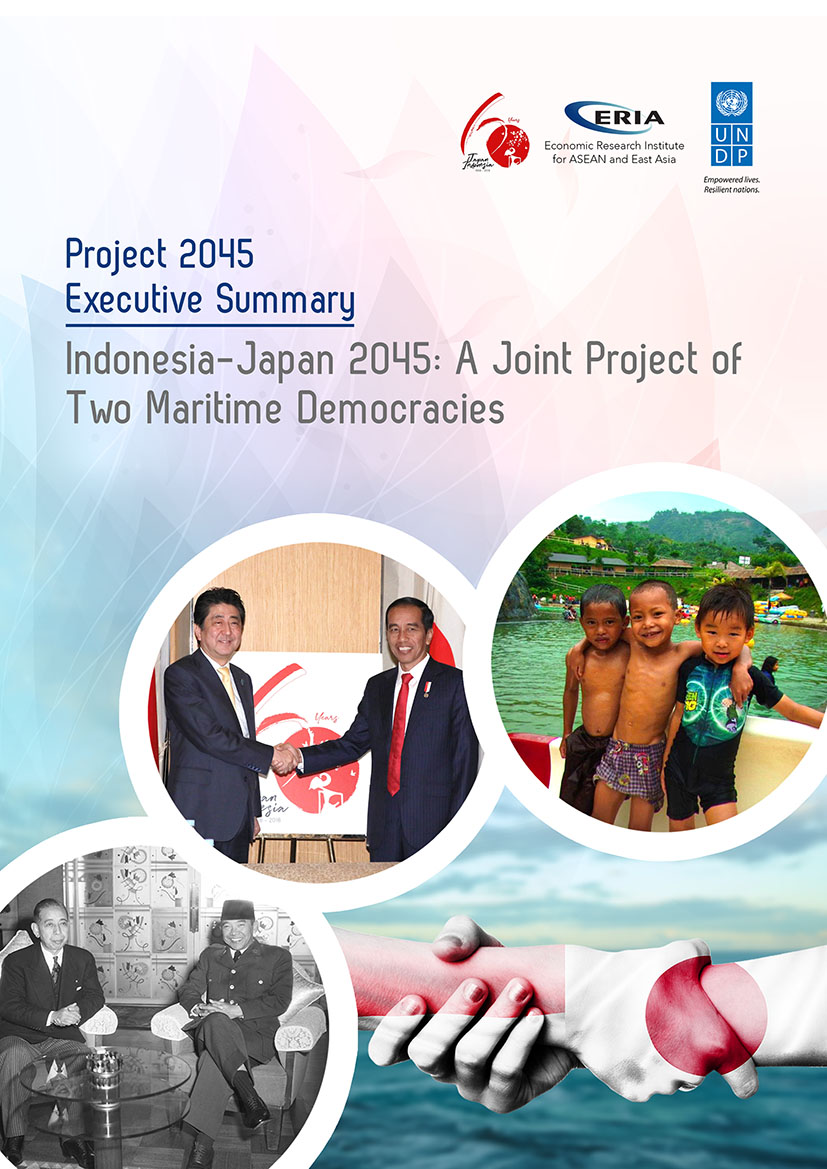Maritime Policy and Eastern Indonesia Development

Date:
25 March 2022Category:
Indonesia, Connectivity, InfrastructureType:
Research Project ReportsTags:
Indonesia, Maritime, Infrastructure, Eastern IndonesiaPrint Article:
President Joko Widodo launched a Maritime Highway program (tol laut) in 2015 to reduce price gaps between the east and west regions of Indonesia. The impact of this program is positive but partial. It has decreased the cost of shipping goods, contributed to a downwards trend in the inflation rate in the east, and had a varied impact on decreasing price disparities. This report identifies several contributing factors to that limited impact, namely the exclusion of the whole logistic system into the program, the performance of ports, the design of the routes that are typically too long and hampered by irregular schedules of the shipping, and a less competitive market structure in the east. Therefore, the suggestions are to modernise ports, reorganise routes and lines, build the capacity, expand the program to general commodities, foster new economic centres in the east, and develop an integrated national logistics system prioritising the maritime sector.
Full Report
Maritime Policy and Eastern Indonesia Development
Contents
Chapter 1 Introduction-Background of the Study and Current Policy Context
Chapter 2 Maritime Highway Implementation
Chapter 3 Impact of the Maritime Highway on Public Welfare and Regional Economy
Chapter 4 Policy Development Leading to Logistics Systems in a More Integrated Eastern Indonesia
Chapter 5 The Grand Design for Future Maritime Highway Management




